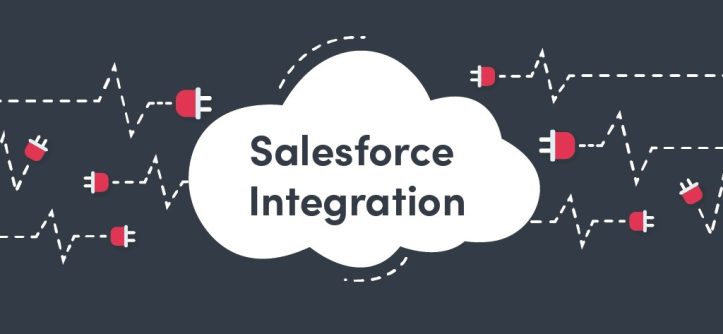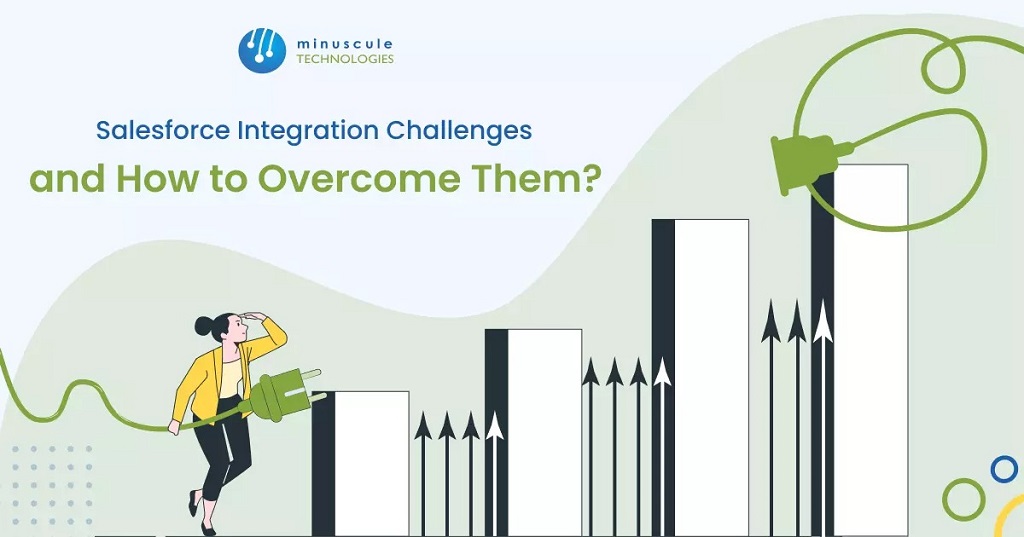Salesforce, a leading Customer Relationship Management (CRM) platform, offers businesses a powerful suite of tools to manage customer interactions and drive growth. However, integrating Salesforce with other systems can present significant challenges. This article explores common integration hurdles and provides actionable strategies to overcome them.
1. Data Inconsistencies and Duplication
- Challenge: Integrating disparate systems often leads to data inconsistencies and duplication. This can occur due to varying data formats, missing fields, and lack of data quality checks.
- Solutions:
- Data Cleansing and Standardization: Implement robust data cleansing processes before integration. Standardize data formats, address missing values, and ensure data accuracy.
- Data Mapping: Carefully map fields between Salesforce and other systems to ensure data flows correctly and consistently.
- Data Quality Checks: Establish regular data quality checks to identify and resolve inconsistencies, duplicates, and errors.
2. Integration Complexity
- Challenge: Integrating complex systems with diverse functionalities can be technically challenging. This often involves custom coding, API development, and intricate configuration.
- Solutions:
- Utilize Integration Platforms: Leverage integration platforms like MuleSoft, Boomi, or Zapier to simplify integration processes. These platforms offer pre-built connectors, visual workflows, and managed services.
- API-First Approach: Prioritize API-first development to ensure seamless data exchange between systems.
- Phased Approach: Implement integration in phases to reduce complexity and minimize disruption to business operations.
3. Security and Compliance
- Challenge: Ensuring data security and compliance with regulations like GDPR and CCPA is crucial during integration. Unauthorized access, data breaches, and non-compliance can have severe consequences.
- Solutions:
- Robust Security Measures: Implement strong security measures, including encryption, access controls, and regular security audits.
- Compliance Frameworks: Adhere to relevant data privacy and security regulations throughout the integration process.
- Regular Security Assessments: Conduct regular security assessments to identify and mitigate potential vulnerabilities.
4. Limited IT Resources
- Challenge: Integrating Salesforce can be resource-intensive, requiring dedicated IT expertise and significant time investment.
- Solutions:
- Outsourcing: Consider outsourcing integration tasks to experienced Salesforce partners or consulting firms.
- Leverage Salesforce AppExchange: Explore pre-built integrations and applications available on the Salesforce AppExchange to accelerate the process.
- Training and Upskilling: Invest in training and upskilling your IT team to enhance their Salesforce integration capabilities.
5. Change Management
- Challenge: Integrating Salesforce can disrupt existing workflows and processes. Resistance to change from employees can hinder successful adoption.
- Solutions:
- Effective Communication: Clearly communicate the benefits of integration and address employee concerns proactively.
- User Training and Support: Provide comprehensive training and ongoing support to help users adapt to the new system.
- Change Management Plan: Develop a comprehensive change management plan to guide the integration process and ensure smooth adoption.
Read More Also: How to Make Orange Carpet in Minecraft: A Step-by-Step Guide
6. Integration Testing and Maintenance
- Challenge: Thorough testing is crucial to ensure the accuracy and reliability of integrated systems. Ongoing maintenance is also required to address issues and adapt to changing business needs.
- Solutions:
- Rigorous Testing: Conduct comprehensive testing throughout the integration process, including unit testing, integration testing, and user acceptance testing.
- Regular Monitoring: Continuously monitor the performance and stability of integrated systems to identify and resolve issues promptly.
- Ongoing Maintenance: Establish a regular maintenance schedule to address bugs, update integrations, and adapt to evolving business requirements.
FAQ
- What are the most common Salesforce integration challenges?
- Data inconsistencies and duplication, integration complexity, security and compliance concerns, limited IT resources, change management issues, and the need for ongoing testing and maintenance.
- How can I simplify Salesforce integration?
- Utilize integration platforms, adopt an API-first approach, leverage pre-built integrations, and outsource integration tasks to experienced partners.
- What are the key considerations for data security during Salesforce integration?
- Implement robust security measures, adhere to data privacy regulations, and conduct regular security assessments.
- How can I ensure a smooth transition during Salesforce integration?
- Develop a comprehensive change management plan, provide effective communication and training, and address employee concerns proactively.
- What are the benefits of successful Salesforce integration?
Conclusion
Successfully integrating Salesforce with other systems is critical for businesses to maximize the value of their CRM investment. By addressing the challenges outlined in this article and implementing robust integration strategies, organizations can achieve seamless data flow, improve operational efficiency, and gain a competitive edge.






Leave a Reply